Scientist-led conferences at Harvard, Stanford and MIT
-
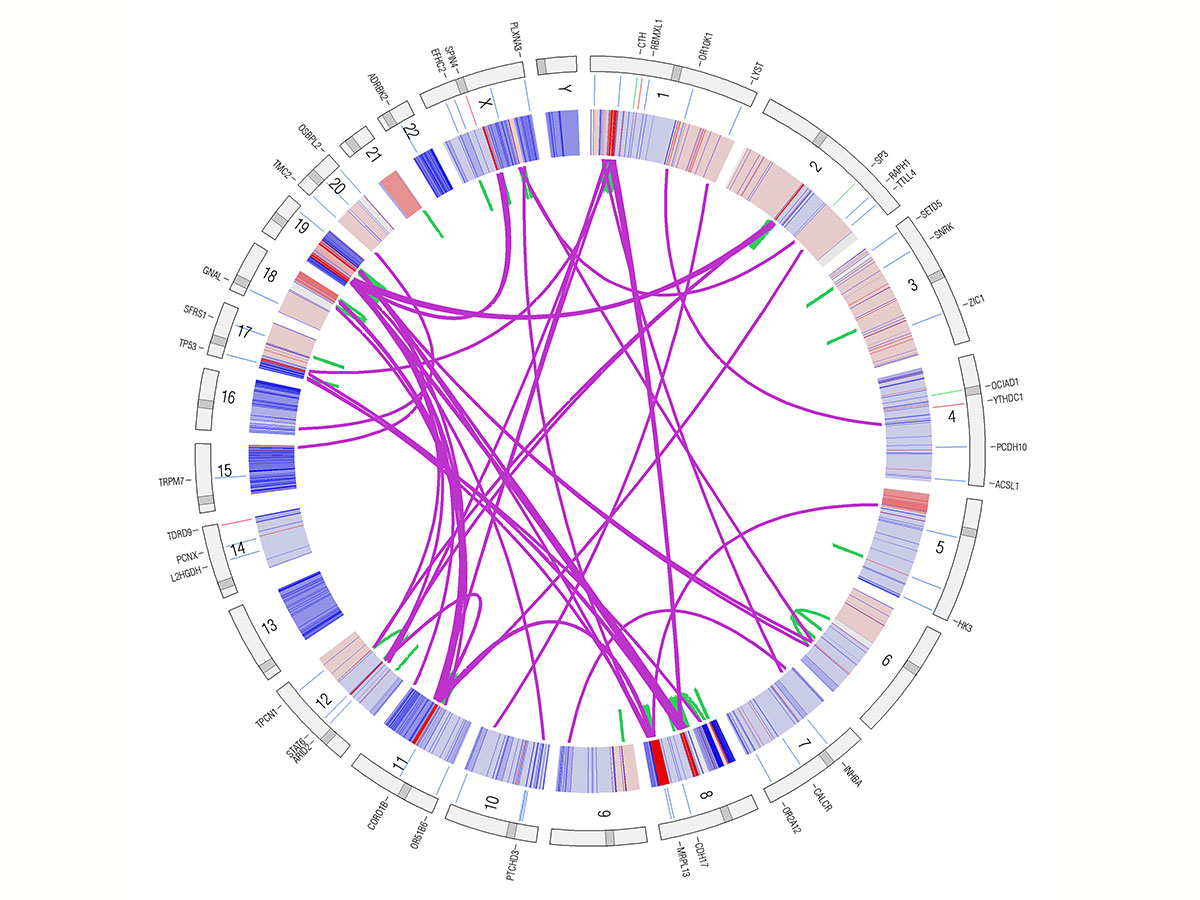
Machine learning based cancer diagnostics
Search engine giant Yandex is using its advanced machine learning capabilities to detect cancer predisposition. Yandex Data Factory has partnered with AstraZeneca to develop the RAY platform, which analyzes DNA testing results, generates a report about patient genome mutations, and provides treatment recommendations and side effect information. Testing will begin next month. The two companies have signed a cooperation…
-
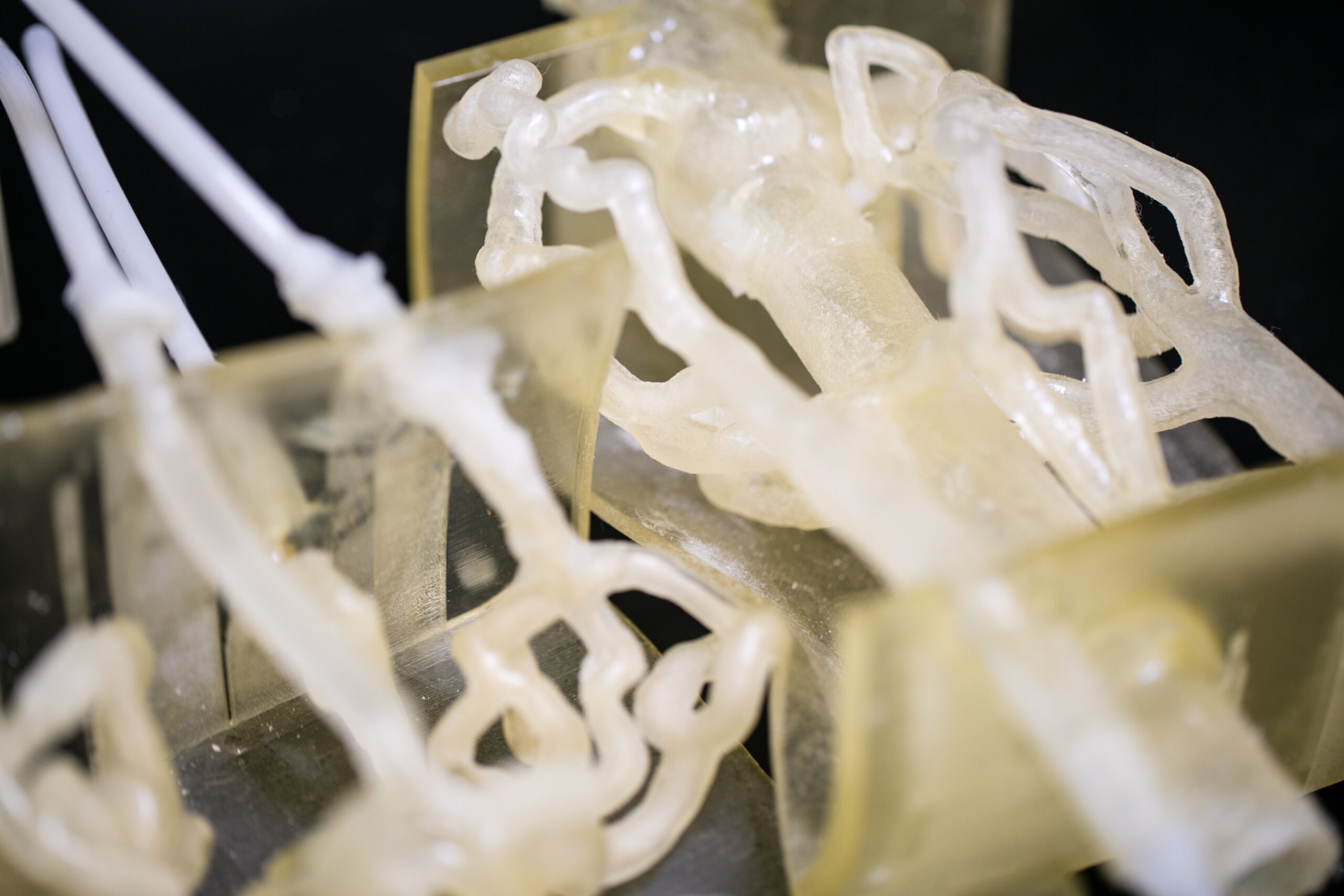
3D printed model for brain aneurysm surgery planning
Stratasys and the Jacobs Institute have used 3D printing for brain surgery planning in an effort to reduce risk. Anatomical models of a patient’s entire brain vessel anatomy were 3D printed before she underwent an aneurysm procedure. The replica, built of a polymer that mimics human tissue, allowing the surgeons to plan their approach and practice…
-
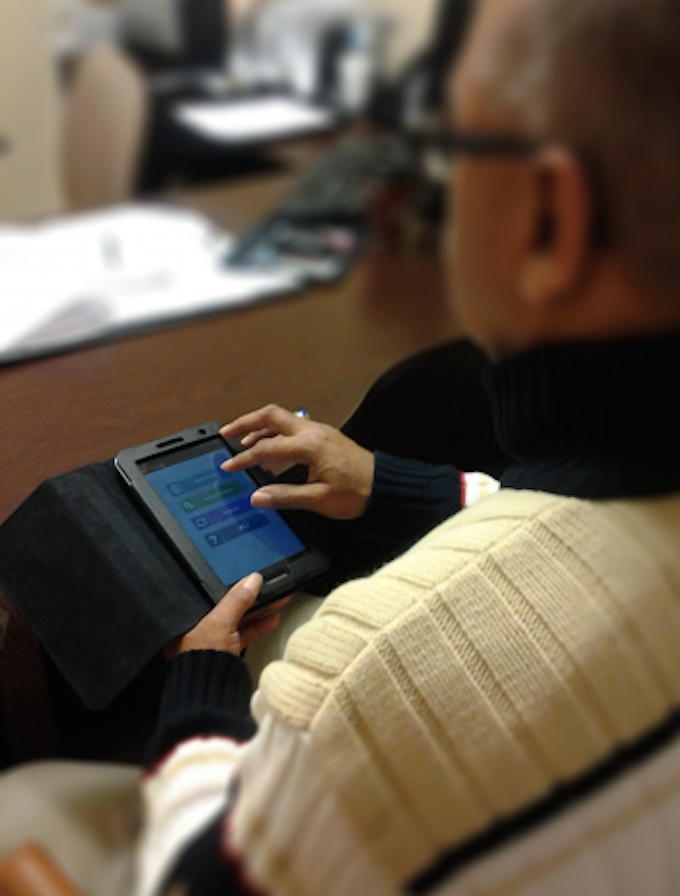
Interactive senior health and brain training app
Notre Dame’s Nitesh Chawla has created eSeniorCare, a personalized, social app to help seniors age in place. Several existing apps track data. eSeniorCare is meant to engage and stimulate seniors, and be interactive. Users can connect with carers by sending questions and concerns through text or voice recordings. Health goals are tracked and sent to supporters who…
-
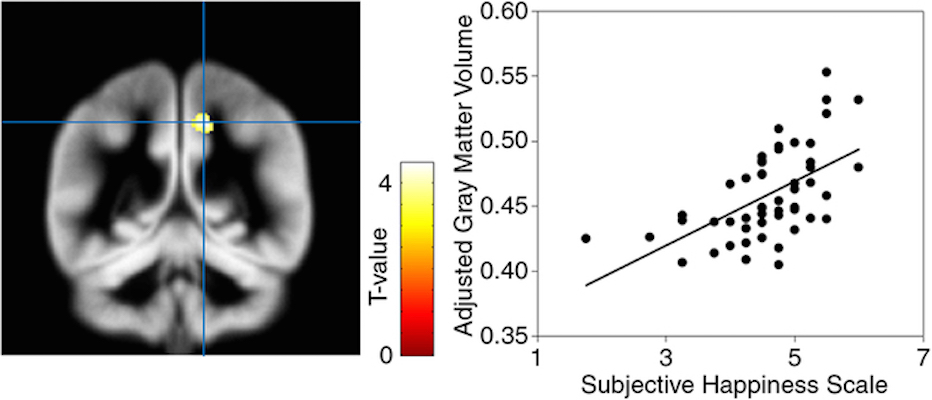
MRI shows structural neural substrate of happiness
Kyoto University’s Wataru Sato has used MRI to understand where happiness happens in the brain. However, the neural mechanism behind how happiness emerges remains unclear. Sato’s recent paper shows that the precuneus, which also becomes active when experiencing consciousness, mediates subjective happiness by integrating its emotional and cognitive components. Participants had MRI brain scans and completed a survey that asked…
-
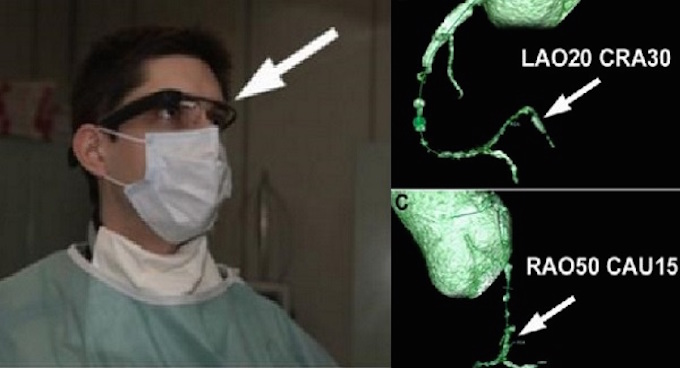
Wearable VR system guides coronary artery surgery
Maksymilian Opolski of the Cardinal Wyszynski Institute of Cardiology used a VR system combining a custom app and Google Glass to clear a blocked coronary artery. The patient had chronic total occlusion, which is difficult to clear with catheter-based percutaneous coronary intervention. Surgeons often cannot visualize the blockage with CTA imaging. The system provided 3D reconstructions of the artery during the procedure,…
-
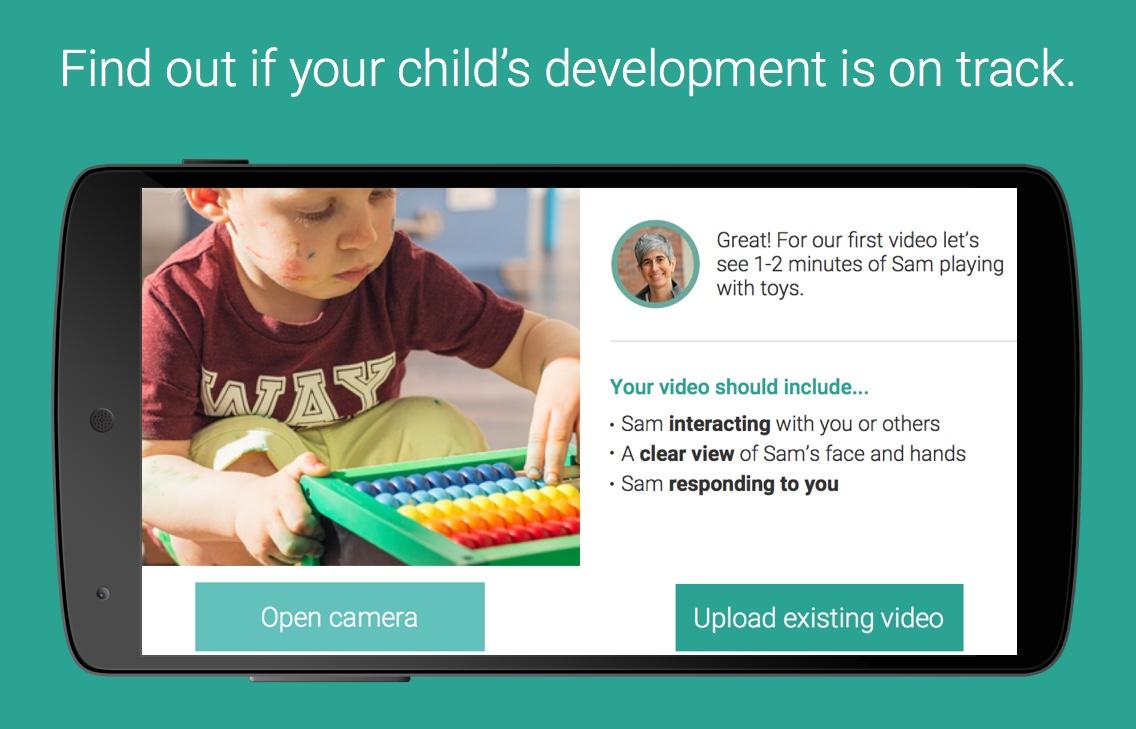
App identifies early signs of autism
Cognoa is an app that asks parents to answer 15 questions about behavior to indicate whether their child is at risk of autism. It is based on data from 10,000 children and validation studies led by Stanford professor Dennis Wall. The system focuses on specific behaviors from standard diagnostic instruments that have the highest value for…
-
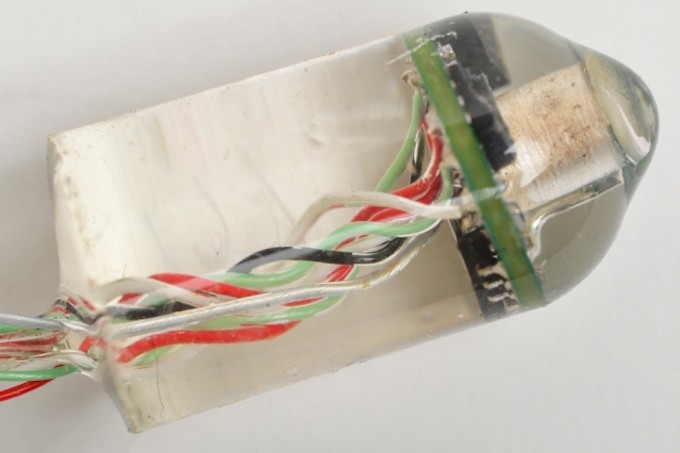
Ingestible sensor continuously monitors heart, breathing rates
MIT researchers are developing ingestible sensors that measure heart and breathing rates from within the gastrointestinal tract using sound waves. This type of sensor could make it easier to assess trauma patients, monitor soldiers in battle, perform long-term evaluation of patients with chronic illnesses, or improve training for professional and amateur athletes, the researchers say.…
-

Self-healing sensor improves “electronic skin”
Hossam Haick and Technion colleagues are developing materials to be integrated into flexible electronics that mimic the healing properties of human skin. The goal is to quickly repair incidental scratches or damaging cuts that might compromise device functionality. The synthetic polymer can “heal” electronic skin in one day, which can improve the materials used to…
-
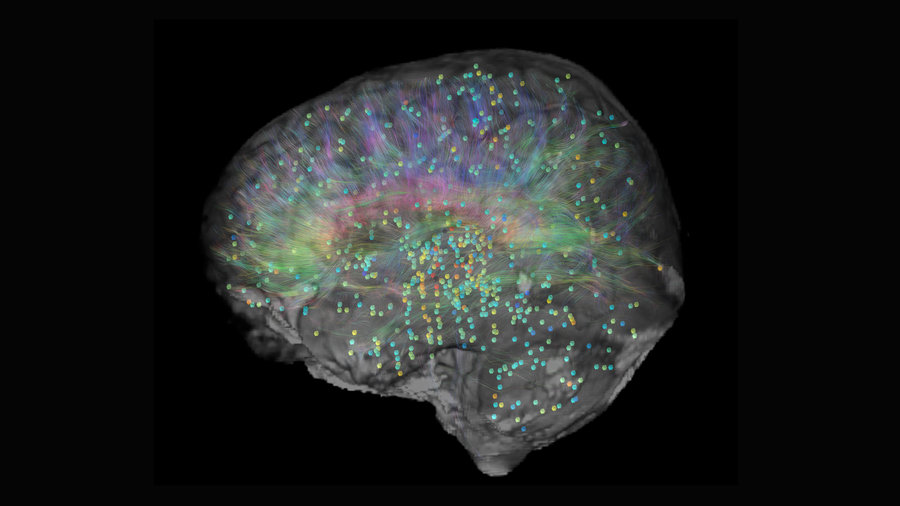
32 gene expression patterns identified in human brains
An Allen Institute study describes a surprisingly small set of patterns that characterize how brains express or use genes. This finding appears to be common to all of us. Genes were ranked by consistency of expression (or usage) patterns across each brain studied. The relationship of these genes to one another, and to brain function…
-
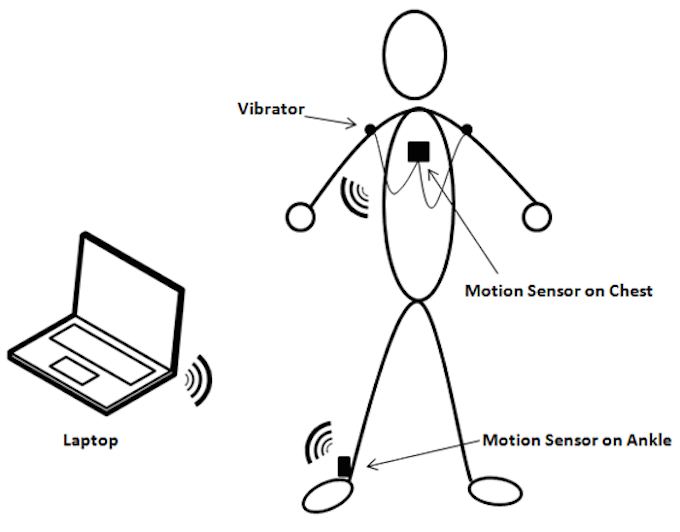
Gait monitoring wearable to prevent senior falls
Roozbeh Jafari and Texas A&M colleagues are developing a gait monitoring wearable to prevent senior falls. The system will analyze multiple sway and gait parameters while one walks or stands on one leg. Users will receive auditory and vibration feedback to reduce an unsafe sway and prevent falls. The wearable will be worn on the…
-
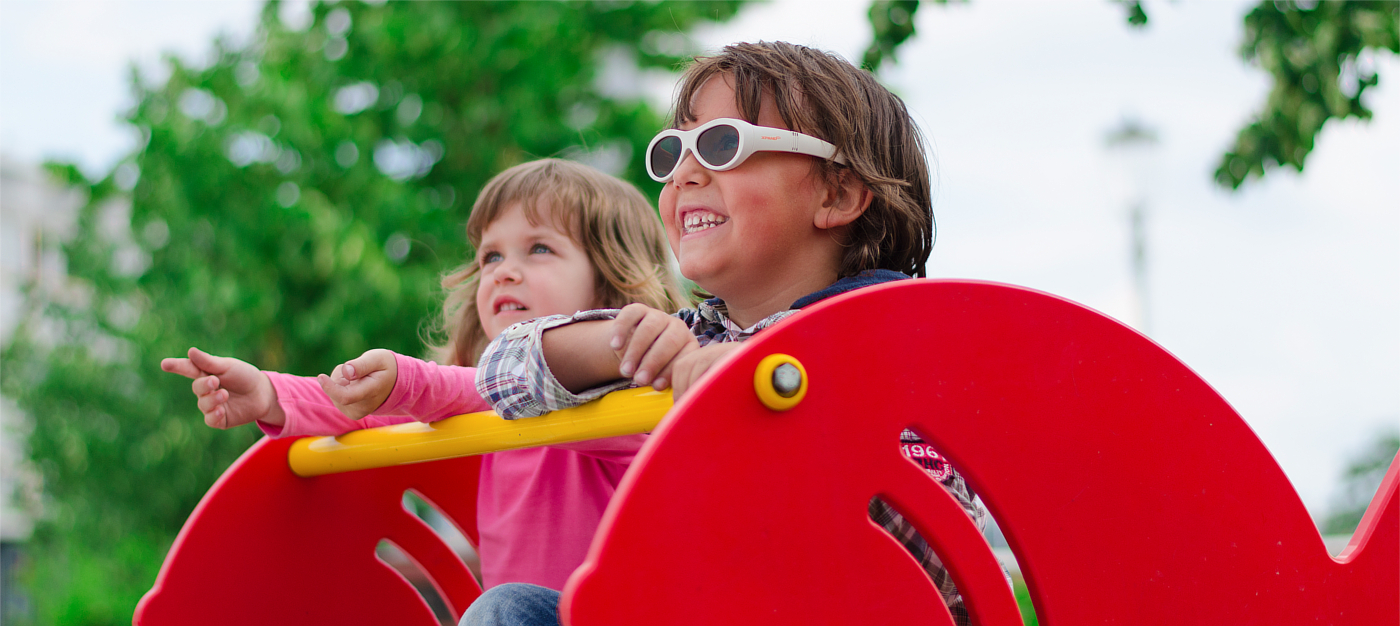
LCD glasses treat amblyopia, correct vision
Amblyz are programmable LCD glasses that can treat amblyopia (colloquially known as “lazy eye”). Instead of patching, the lens over the affected eye would go dark for a few seconds out of every 30 during the prescribed patching period. As children with amblyopia often have astigmatism or nearsightedness, the glasses simultaneously corrects vision (when not…
-
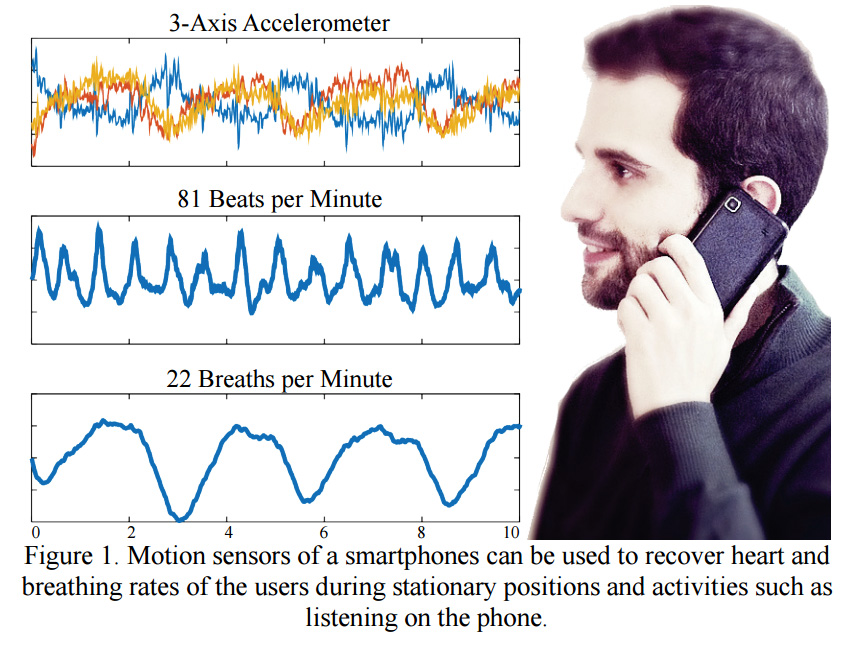
Phone tracks health with out wearable sensors
Javier Hernandez Rivera of Rosalind Picard‘s Affective Computing Group at MIT is developing a health monitoring phone that does not require a wearable. BioPhone derives biological signals from a phone’s accelerometer, which the team says captures small body movements that result from one’s heart beating and chest rising and falling. Hernandez said that BioPhone is meant…
Got any book recommendations?